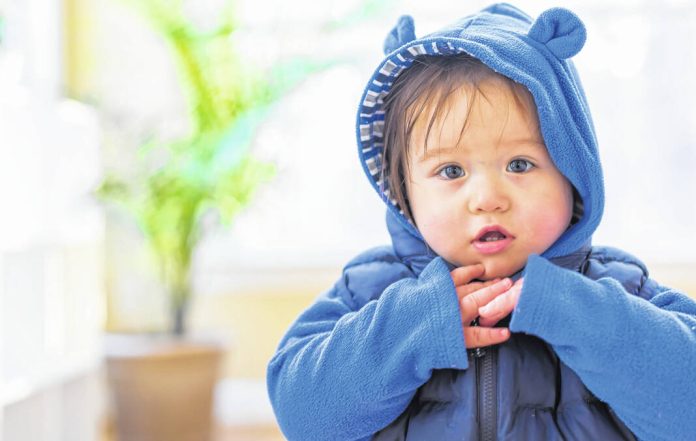When the power goes out, it can throw off all of your family’s normal routines. If the power failure is in winter, the danger of extreme cold can add to the problem. Younger children — especially infants — are at risk for hypothermia. But alternative sources of heat can be hazardous. So how do parents keep their kids warm — and safe?
Many families rely on a fuel-burning furnace or electric radiator to heat their home, which won’t work without power. You may be able to use a gasoline- or propane-powered generator to keep your home systems running. However, like your car, these can produce the poisonous gas carbon monoxide in their exhaust.
Symptoms of carbon monoxide poisoning may be vague and non-specific. They may mimic food poisoning or a viral illness like the flu. Headaches, nausea, chest pain and a general feeling of discomfort, especially in several members of a household, may occur. If you’re worried about these symptoms, or if your carbon monoxide detector alarm goes off, move everyone to fresh air immediately. Then you can check possible sources from fuel-burning furnaces, generators and appliances.
Carbon monoxide is invisible and has no odor, and it can easily build up indoors to levels that are fatal. So, generators should operate well outside the house and the garage, and away from windows or other air intakes. If you are repurposing your car, gas stove or barbecue pit to generate heat for your home, remember that they were not designed for that purpose and may produce dangerous amounts of carbon monoxide.
If you lose power in the winter, wearing extra layers may help if there’s a short-term outage. However, you may need to move temporarily from your home to alternate shelter such as a warming center. When choosing where to go, keep in mind that the extreme weather conditions that caused the power outage may also make travel difficult.
These suggestions may not be practical once the power has already gone out. So it’s best to be prepared ahead of the next power outage or other disaster. This is especially important as climate change causes more extreme weather.
Have a “go bag” (for yourself, your children and your pets) in case you need to leave your home in a hurry. Think in advance about things you and your family will need, such as medications, food, infant formula, clothing, diapers, toiletries, flashlights and batteries to keep your devices charged.
Identify alternate places to shelter. Friends, neighbors or neighborhood warming centers may have power when you don’t.
Have at least one carbon monoxide detector in your home. It should be battery-powered or have a battery backup if it’s a plug-in type, and should meet the Underwriters Laboratories (UL) Standard 2034. If you have only one detector, install it close to bedroom areas of your home. This will help wake you up if carbon monoxide levels rise and cause the alarm to sound.
Carl Baum, MD, FACMT, FAAP, is board certified in Pediatric Emergency Medicine and in Medical Toxicology.







